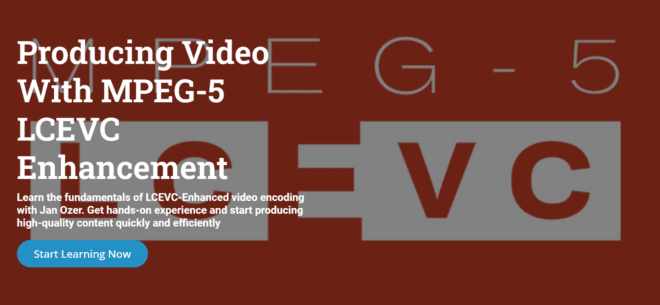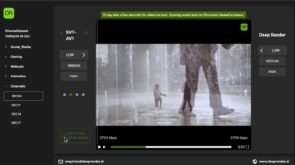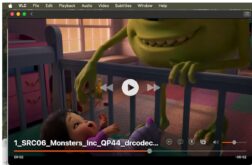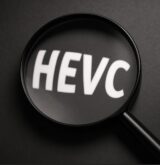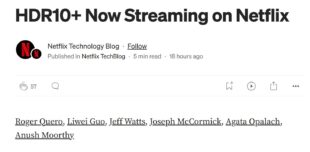I’m thrilled to introduce my newest course on LCEVC video enhancement! It’s designed to introduce newbies to LCEVC, explain why it’s important, identify the tools available for enhancing and decoding, and teach you how to get the most out of encoding videos with LCEVC enhancement.
Here’s what you’ll learn:
Lesson 1: LCEVC Fundamentals – Learn the basics and importance of LCEVC in modern streaming technology.
Lesson 2: LCEVC Tools – Explore essential tools like the V-Nova platform and third-party options for efficient LCEVC encoding.
Lesson 3: Encoding Configurations – Learn how to customize your LCEVC encodes for optimal performance and quality.
Lesson 4: FFmpeg Encoding – Learn the basics of LCEVC encoding using FFmpeg.
Lesson 5: V-Nova Platform – Discover the ins and outs of encoding on the V-Nova platform to see how your content looks when enhanced with LCEVC.
Lesson 6: Deploying in Players – Explore various platforms and methods for playing back LCEVC-encoded videos across a broad range of players and devices.
Lesson 7: Additional Resources – Access a curated collection of resources to further expand your knowledge and skills in LCEVC enhancement.
Why LCEVC? 🤔 LCEVC, an MPEG standard, has been selected as the enhancement codec for Brazil’s TV 3.0 system, showcasing its importance. Highly efficient during encoding and decoding, LCEVC can often be deployed in software while hardware support rolls out, making it cost-effective, environmentally friendly, and deployable today.
It’s also backward compatible with devices that support the base layer codec and has the most rational royalty policy. LCEVC is poised to succeed in a big way, and now is the time to learn about it.
Here’s a link to the course.
Here are other LCEVC resources on the Streaming Learning Center.
LCEVC Excels in Full Ladder Live Use Case Testing
I Analyzed LCEVC with V-Nova and the Results Were Impressive
Webinar: Comparing EVC, LCEVC, and VVC with H.264, HEVC, and AV1
 Streaming Learning Center Where Streaming Professionals Learn to Excel
Streaming Learning Center Where Streaming Professionals Learn to Excel

